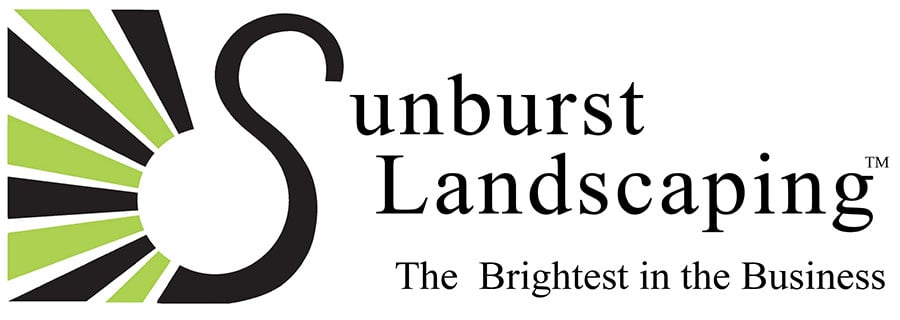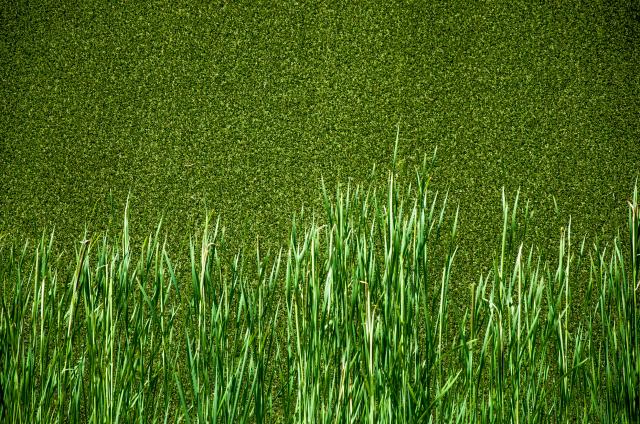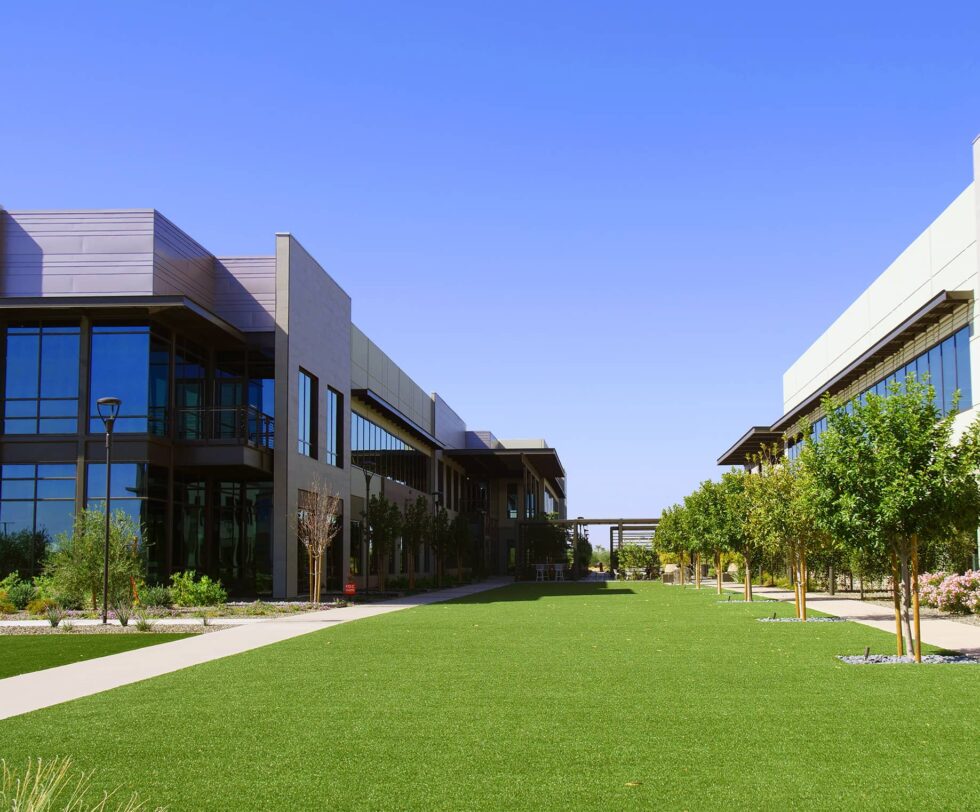Artificial turf provides a low maintenance and drought-friendly alternative to a traditional lawn. If you want a green place for your kids and pets to play, for entertaining, or simply to enjoy, then artificial grass is a simple solution. Although this type of turf is low maintenance, it isn’t no maintenance. So if you have this type of lawn, you need to understand what is necessary to keep the artificial lawn in its best shape.
General Cleaning
The most common type of maintenance you need to perform is regular cleaning, particularly if you have pets.
Pet Waste and Wet Messes
Wet messes include pet waste, mud, and spilled liquids. Fortunately, most lawns are equipped with a drainage system that allows you to spray off any messes so that the grime and waste doesn’t stay in the turf.
Generally, all you need to do is pick up the solids as they occur, and then rinse the lawn with water. Follow up with a spritz of an anti-microbial product recommended for use on artificial lawns. Your turf installer can recommend a product well suited for your particular lawn.
Dust, Pollen, and Debris
Dust, pollen, dead leaves, and other debris can collect on the turf and look bad and trap moisture, which can eventually damage the turf. You have two options for removal. The first is to use a plastic or rubber coated lawn rake to rake up debris. The other option is to use a leaf blower or lawn vacuum to remove unwanted dirt from the turf.
Aesthetic Concerns
Proper aesthetic care ensures the lawn remains pleasant to both look at and play on.
Flattened Grass
Over time, artificial turf can become flattened — particularly in high traffic areas. The flattened parts of the turf may even begin to break or wear thin if you don’t remedy the problem. A stiff bristled turf broom is a common solution. Use the broom to brush against the grass grain to fluff up the lawn again.
On heavily used lawns, brush the lawn weekly. Lawns with light use may only need brushed when you notice a flat area developing.
Odors
Odors are most often the result of pets in the yard. Prompt cleanup and the use of anti-microbial cleansers helps minimize odor issues, but sometimes you may need to do a bit more. You can use baking soda or a powdered deodorizer for spot treatments, but an enzyme deodorizer specifically made for artificial grass is better for larger areas or more extreme odors.
Long-Term Issues
An artificial lawn can last up to 25 years, so there are some long-term concerns you will have to address over the life of the turf.
Weed Encroachment
A professional can place a weed barrier beneath the turf at the time of installation. They can also treat this barrier with herbicides, depending on the weed stress in your area. The combination of a thick sand base and the weed barrier prevents most weeds, but over time weeds may be able to encroach along the edges of the turf or in areas where the barrier is damaged.
Fortunately, you can treat weeds with the appropriate herbicide. It is also possible to have the weed barrier replaced beneath the turf, which can extend the useful life of your lawn.
Damage and Deterioration
Many things can damage the lawn. But one of the most common issues is heat damage, such as from a nearby grill or fire pit. The simple solution is to never use these items on or near the turf. You can avoid most other forms of damage and deterioration with proper cleaning and maintenance.
Contact Sunburst Landscaping for more information on artificial lawn maintenance.




